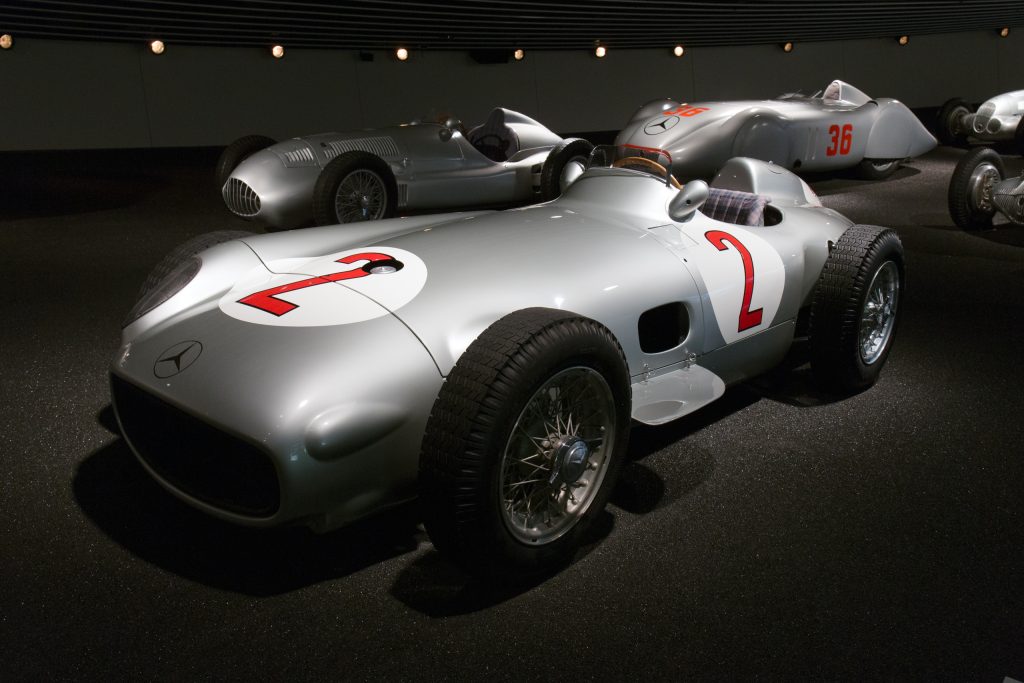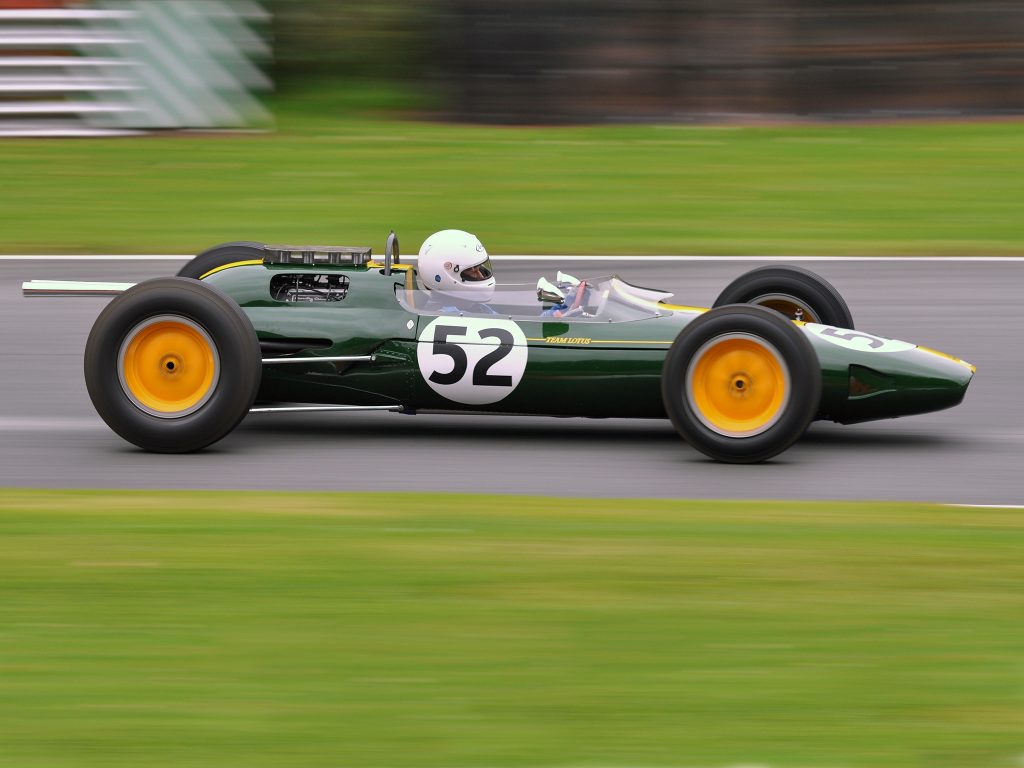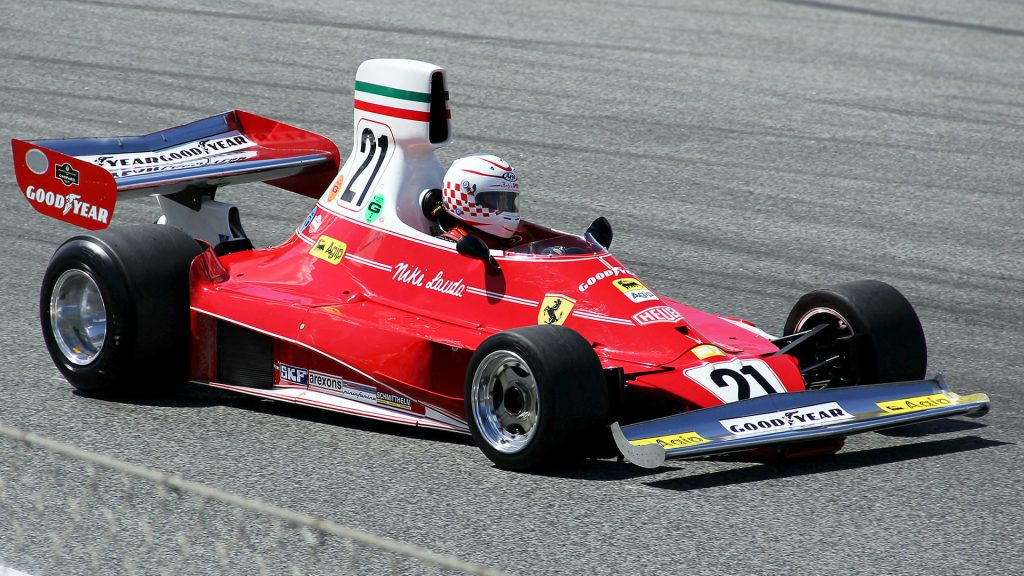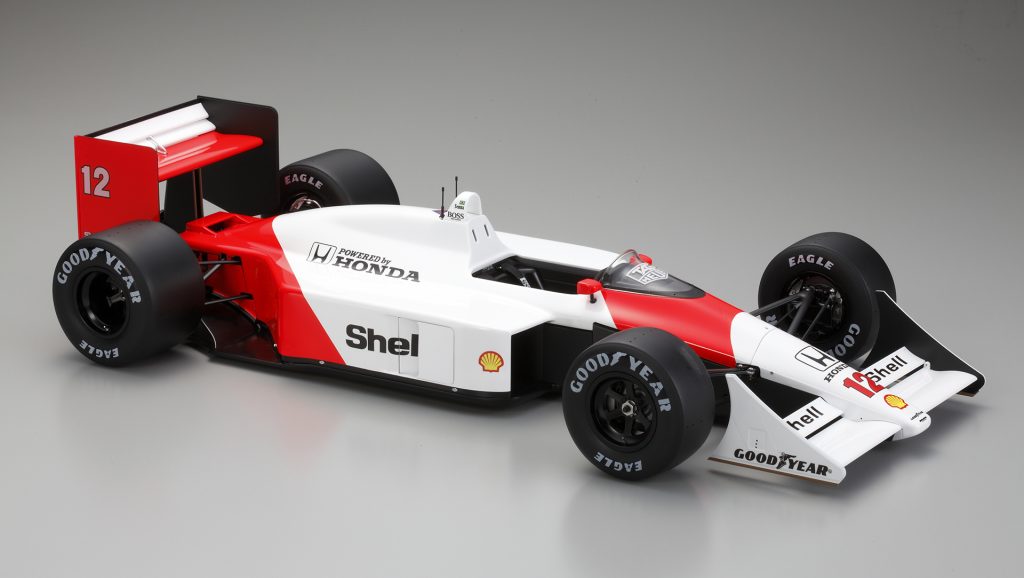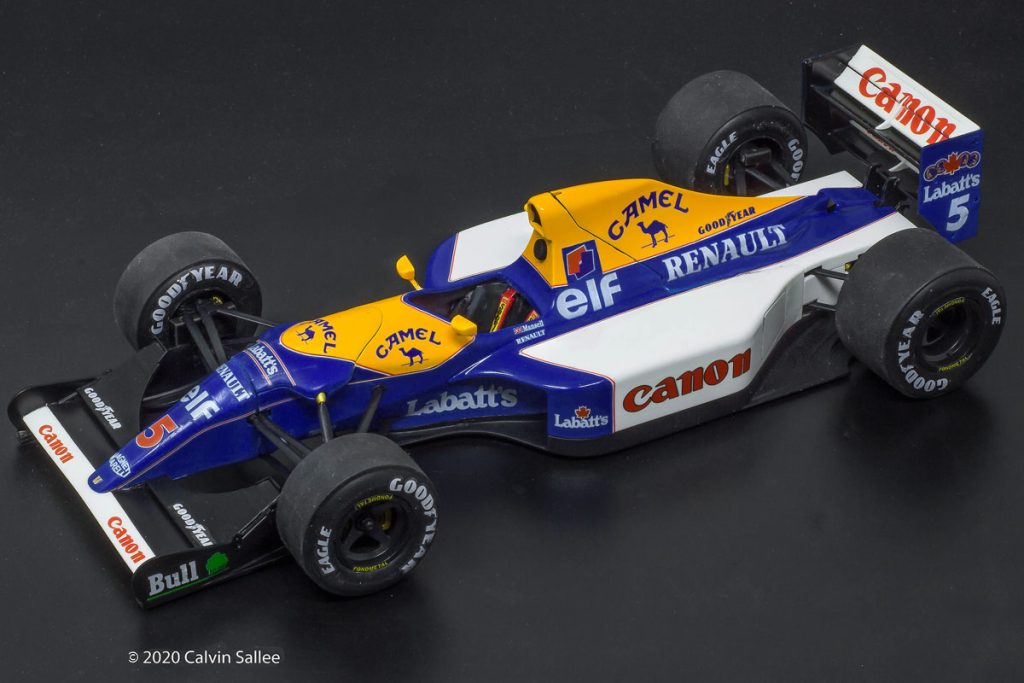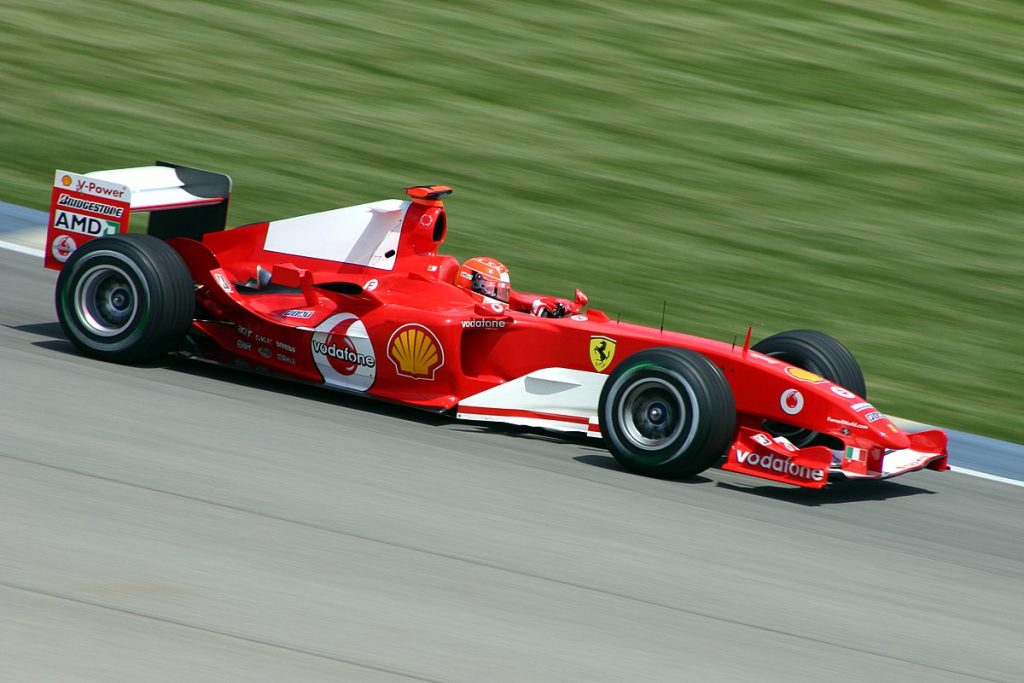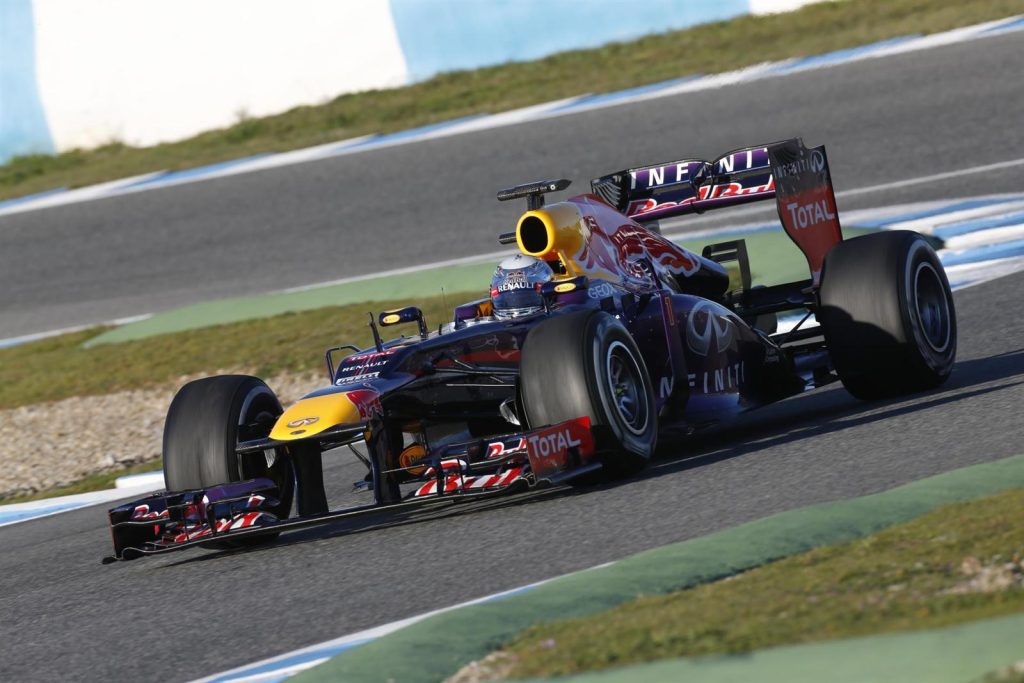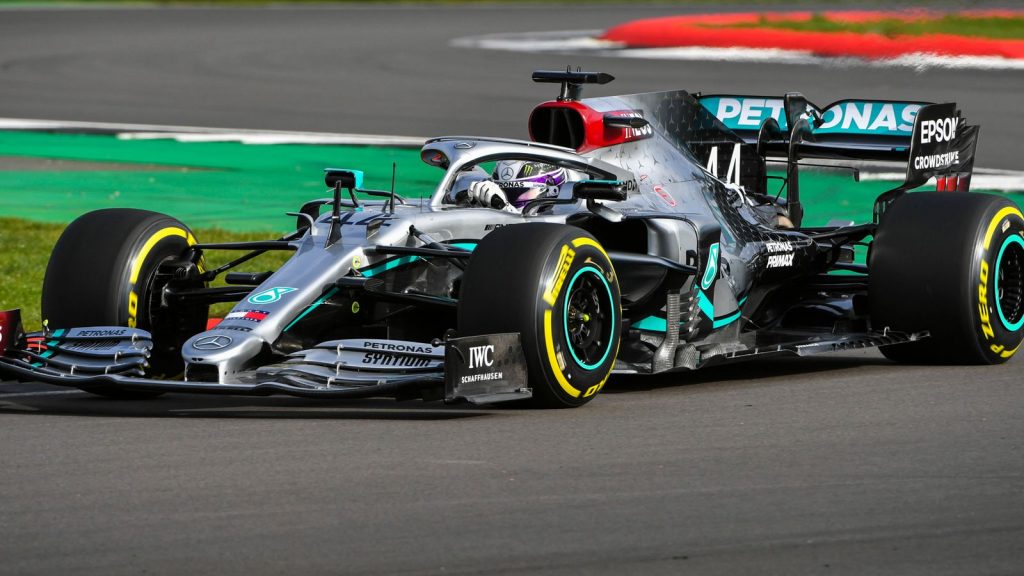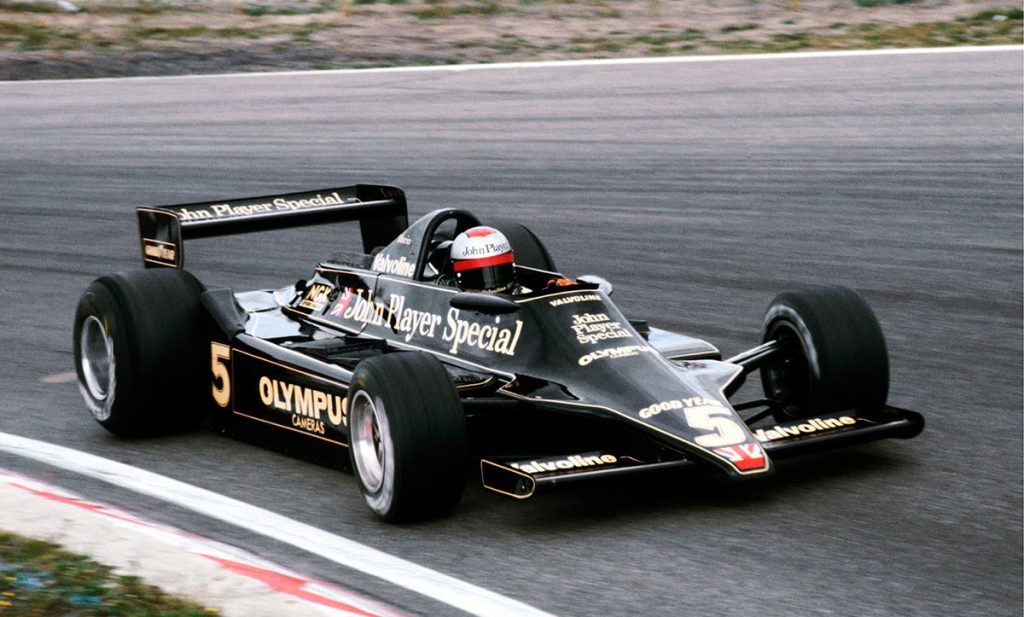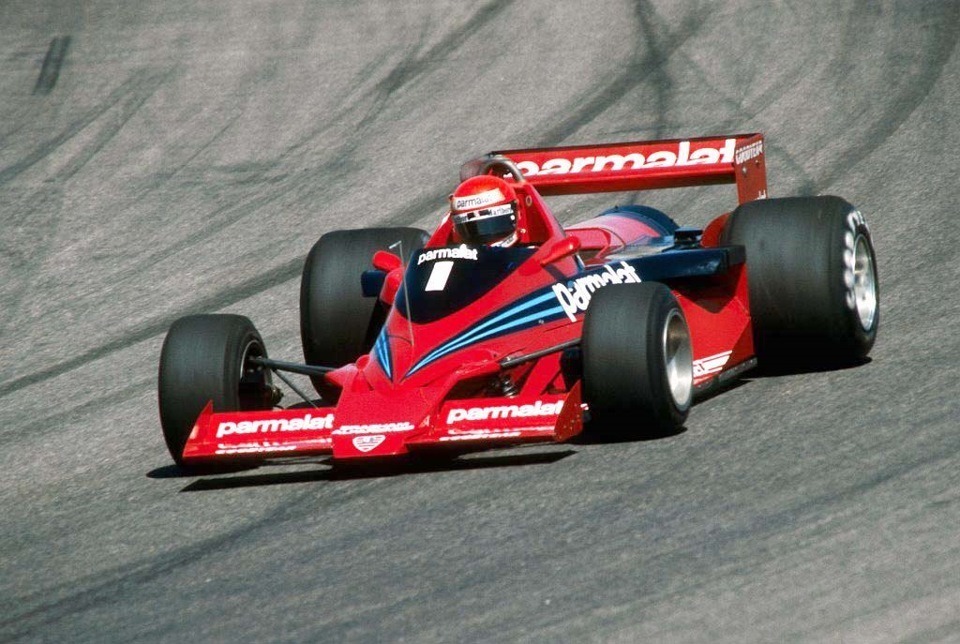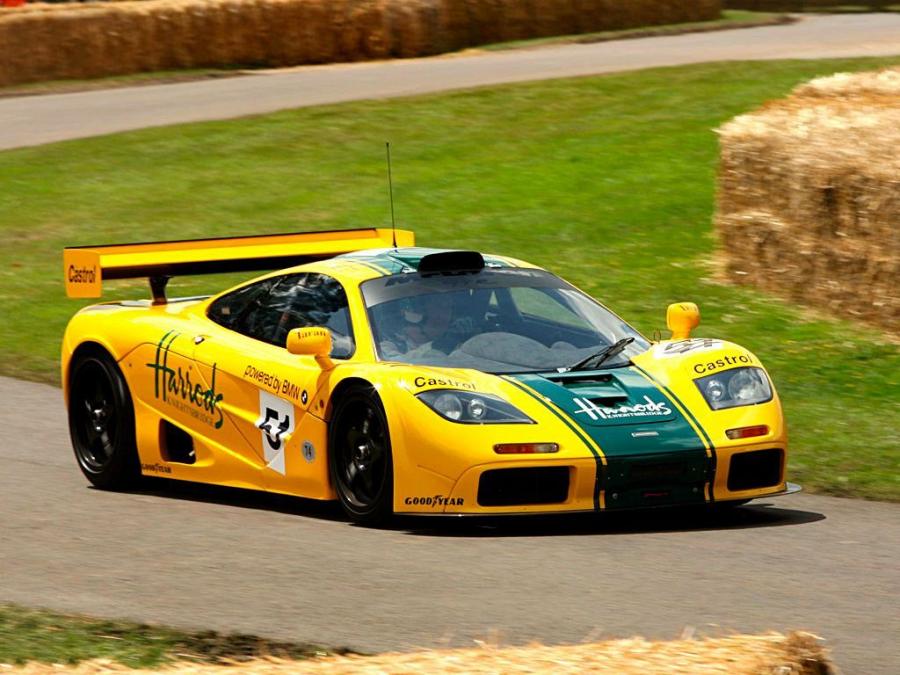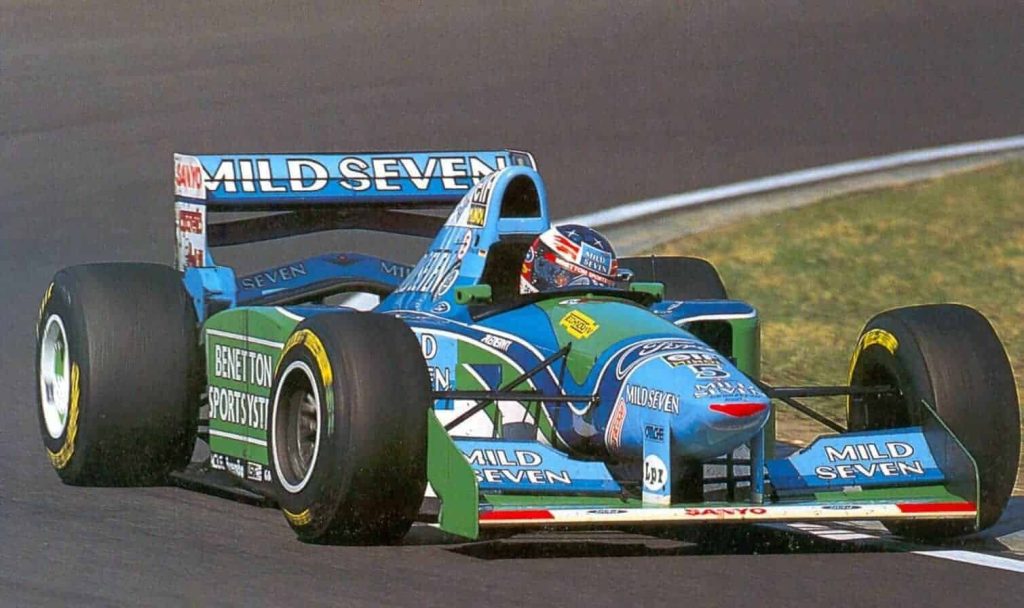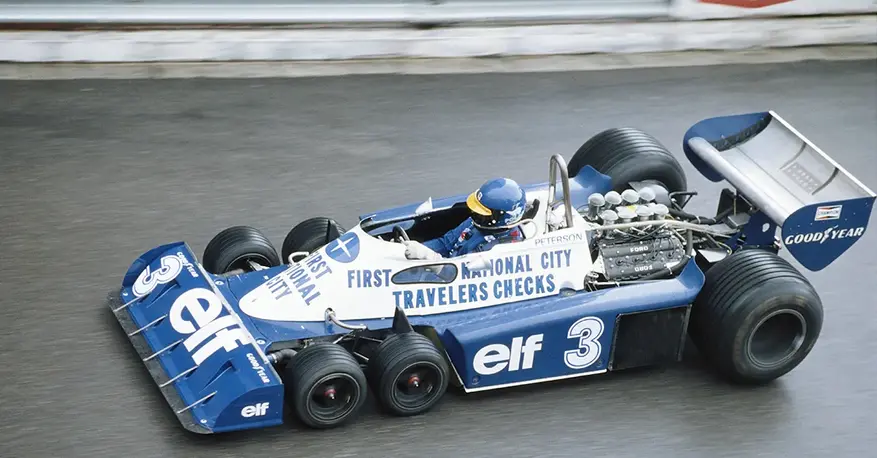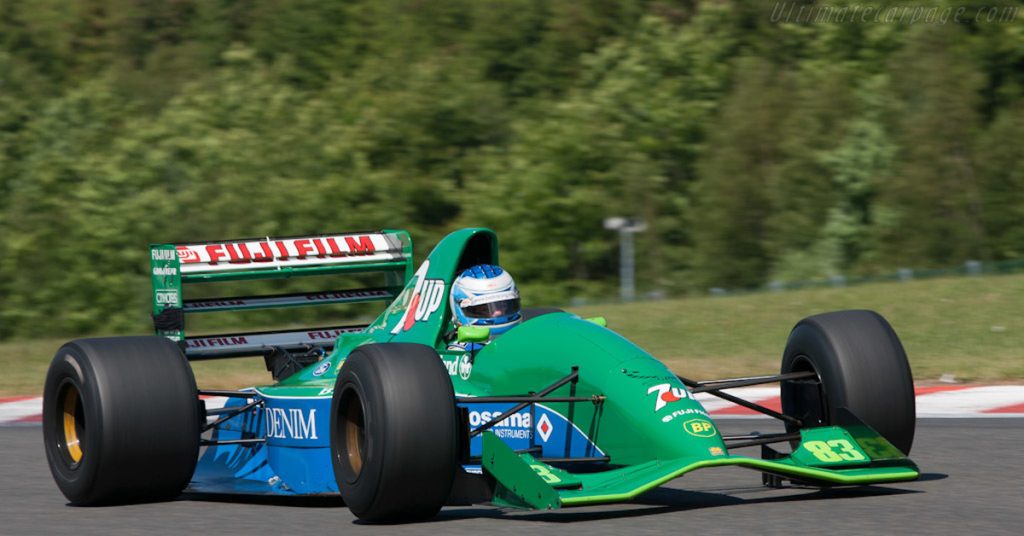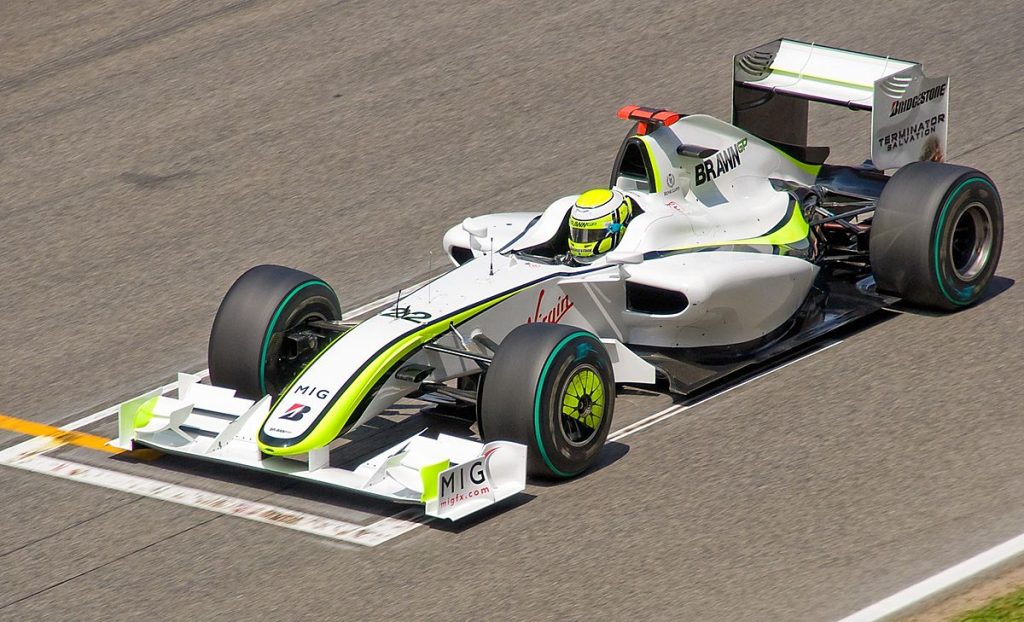1. Mercedes W196 (1954-1955)

The Mercedes W196 is one of the most iconic cars from the early days of F1. Designed by Rudolf Uhlenhaut, it was a revolutionary machine that introduced advanced engineering concepts to the sport. The W196 featured a streamlined body, fuel injection, and a desmodromic valve system, which allowed for higher engine speeds and better performance.
Driven by the legendary Juan Manuel Fangio, the W196 dominated the 1954 and 1955 seasons. Fangio won two World Championships with the car, cementing its place in F1 history. The W196’s success was a testament to Mercedes’ engineering prowess and set the standard for future F1 cars.
2. Lotus 25 (1962-1967)

The Lotus 25, designed by Colin Chapman, was a game-changer in F1. It was the first car to feature a monocoque chassis, a design that replaced the traditional spaceframe with a single, lightweight shell. This innovation made the car lighter, stiffer, and more aerodynamic, giving it a significant advantage over its competitors.
Jim Clark, one of the greatest drivers in F1 history, piloted the Lotus 25 to numerous victories, including the 1963 and 1965 World Championships. The car’s success marked the beginning of Lotus’ dominance in the 1960s and showcased the importance of innovation in F1.
3. Ferrari 312T (1975-1980)

The Ferrari 312T is one of the most successful cars in F1 history. Designed by Mauro Forghieri, it featured a transverse gearbox (hence the “T” in its name), which improved weight distribution and handling. The car was powered by a flat-12 engine, known for its reliability and power.
The 312T was driven by Niki Lauda, who won the 1975 and 1977 World Championships with the car. It also helped Ferrari secure multiple Constructors’ Championships during its tenure. The 312T’s combination of speed, reliability, and innovative design made it a legend in the sport.
4. McLaren MP4/4 (1988)

The McLaren MP4/4 is often regarded as the most dominant car in F1 history. Designed by Gordon Murray and Steve Nichols, it was powered by a Honda V6 turbo engine that produced over 1,000 horsepower. The car’s sleek design and advanced aerodynamics made it nearly unbeatable.
Driven by Ayrton Senna and Alain Prost, the MP4/4 won 15 out of 16 races in the 1988 season, with Senna claiming the World Championship. The car’s success was a testament to McLaren’s engineering excellence and the skill of its drivers.
5. Williams FW14B (1992)

The Williams FW14B, designed by Adrian Newey, was a technological marvel. It featured active suspension, traction control, and anti-lock brakes, making it one of the most advanced cars of its time. The car’s Renault V10 engine provided exceptional power and reliability.
Nigel Mansell dominated the 1992 season in the FW14B, winning nine races and securing the World Championship. The car’s success marked the beginning of Williams’ dominance in the 1990s and showcased the importance of technology in F1.
6. Ferrari F2004 (2004)

The Ferrari F2004, designed by Rory Byrne and Ross Brawn, is one of the most successful cars in F1 history. It featured a powerful V10 engine and advanced aerodynamics, making it incredibly fast and reliable. The car’s dominance was further enhanced by the skill of Michael Schumacher, who won 13 out of 18 races in the 2004 season.
Schumacher’s fifth consecutive World Championship with the F2004 cemented his status as one of the greatest drivers in F1 history. The car’s success also highlighted Ferrari’s dominance in the early 2000s.
7. Red Bull RB9 (2013)

The Red Bull RB9, designed by Adrian Newey, was the car that helped Sebastian Vettel secure his fourth consecutive World Championship. The car featured a dominant Renault V8 engine and advanced aerodynamics, including the controversial but highly effective blown diffuser.
Vettel won 13 races in the 2013 season, including a record-breaking nine consecutive victories. The RB9’s success marked the end of the V8 era in F1 and solidified Red Bull’s place as one of the sport’s top teams.
8. Mercedes W11 (2020)

The Mercedes W11, designed by James Allison and his team, is one of the most dominant cars in modern F1 history. It featured a powerful hybrid power unit and advanced aerodynamics, including the innovative Dual Axis Steering (DAS) system.
Lewis Hamilton and Valtteri Bottas drove the W11 to 13 victories in the 2020 season, with Hamilton securing his seventh World Championship. The car’s success highlighted Mercedes’ dominance in the hybrid era and showcased the team’s commitment to innovation.
9. Lotus 79 (1978)

The Lotus 79, designed by Colin Chapman and Peter Wright, was the first car to fully exploit ground effect aerodynamics. The car’s side skirts and underbody design created a vacuum that sucked it to the track, improving grip and cornering speed.
Mario Andretti and Ronnie Peterson drove the Lotus 79 to multiple victories in the 1978 season, with Andretti winning the World Championship. The car’s success revolutionized F1 aerodynamics and set the stage for future innovations.
10. Brabham BT46B (1978)

The Brabham BT46B, also known as the “fan car,” is one of the most controversial cars in F1 history. Designed by Gordon Murray, it featured a large fan at the rear that sucked air from under the car, creating immense downforce.
Niki Lauda won the 1978 Swedish Grand Prix in the BT46B, but the car was banned after just one race due to safety concerns. Despite its short-lived career, the BT46B remains a symbol of F1’s relentless pursuit of innovation.
11. McLaren F1 GTR (1995)

While not a traditional F1 car, the McLaren F1 GTR deserves mention for its impact on motorsport. Based on the road-going McLaren F1, the GTR was adapted for endurance racing and won the 1995 24 Hours of Le Mans.
The car’s success showcased McLaren’s engineering prowess and bridged the gap between road cars and racing machines. It remains one of the most iconic cars in motorsport history.
12. Benetton B194 (1994)

The Benetton B194, designed by Rory Byrne, was the car that helped Michael Schumacher secure his first World Championship. The car featured a Ford V8 engine and advanced electronics, including traction control and launch control.
Schumacher won six races in the 1994 season, despite fierce competition and controversy. The B194’s success marked the beginning of Schumacher’s rise to dominance in F1.
13. Tyrrell P34 (1976)

The Tyrrell P34, also known as the “six-wheeled car,” is one of the most unique cars in F1 history. Designed by Derek Gardner, it featured four small front wheels and two standard rear wheels, improving grip and cornering speed.
The P34 achieved some success, including a 1-2 finish at the 1976 Swedish Grand Prix, but it was ultimately phased out due to development challenges. Despite its limited success, the P34 remains a symbol of F1’s willingness to experiment with unconventional designs.
14. Jordan 191 (1991)

The Jordan 191, designed by Gary Anderson, is one of the most beautiful cars in F1 history. It featured a sleek design and a Ford V8 engine, making it competitive in its debut season.
Michael Schumacher made his F1 debut in the Jordan 191 at the 1991 Belgian Grand Prix, marking the beginning of his legendary career. The car’s success helped establish Jordan as a competitive team in F1.
15. Brawn BGP 001 (2009)

The Brawn BGP 001, designed by Ross Brawn, is one of the most remarkable cars in F1 history. Built on a shoestring budget after Honda’s withdrawal from the sport, the car featured a double diffuser that gave it a significant aerodynamic advantage.
Jenson Button won six of the first seven races in the 2009 season, securing the World Championship in a fairytale story. The Brawn BGP 001’s success highlighted the importance of innovation and determination in F1.
Wrapping Up
The cars mentioned above are just a few examples of the many iconic machines that have graced the F1 grid over the years. Each car has its own story, its own innovations, and its own place in the hearts of motorsport fans. From the revolutionary designs of the Lotus 25 to the dominance of the Mercedes W11, these cars have shaped the history of F1 and continue to inspire future generations of engineers, drivers, and fans.
Formula 1 is a sport that thrives on innovation, and these famous cars are a testament to the relentless pursuit of speed, performance, and excellence. As the sport continues to evolve, we can only imagine what iconic machines the future will bring. One thing is certain: the legacy of these famous F1 cars will live on forever.

